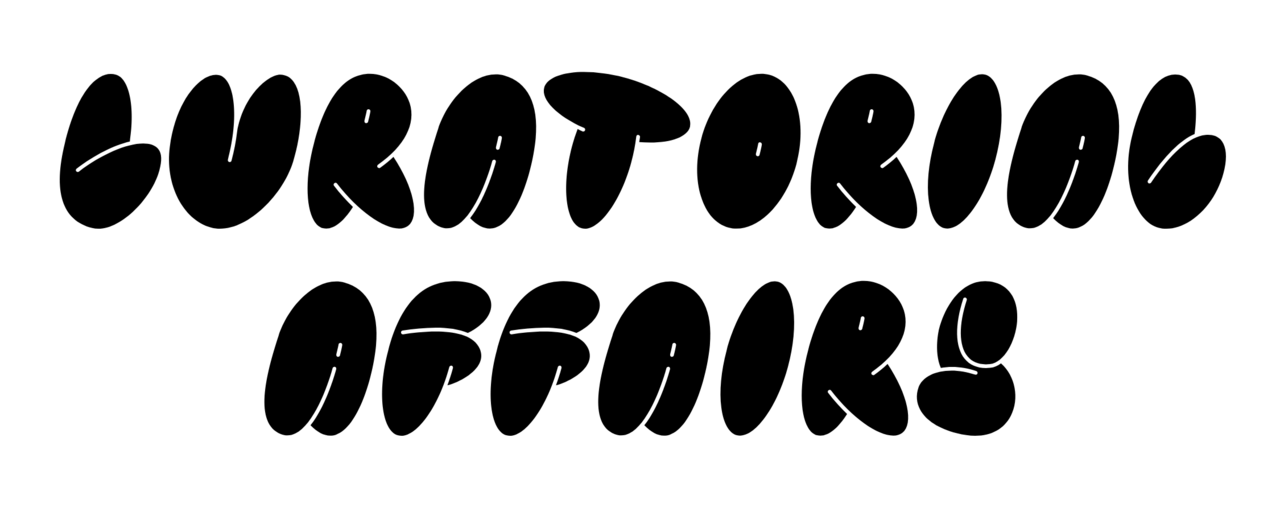
Curatorial Affairs
An online and print publication devoted to contemporary culture run from London, UK
By registering you agree to Substack's Terms of Service, our Privacy Policy, and our Information Collection Notice

An online and print publication devoted to contemporary culture run from London, UK